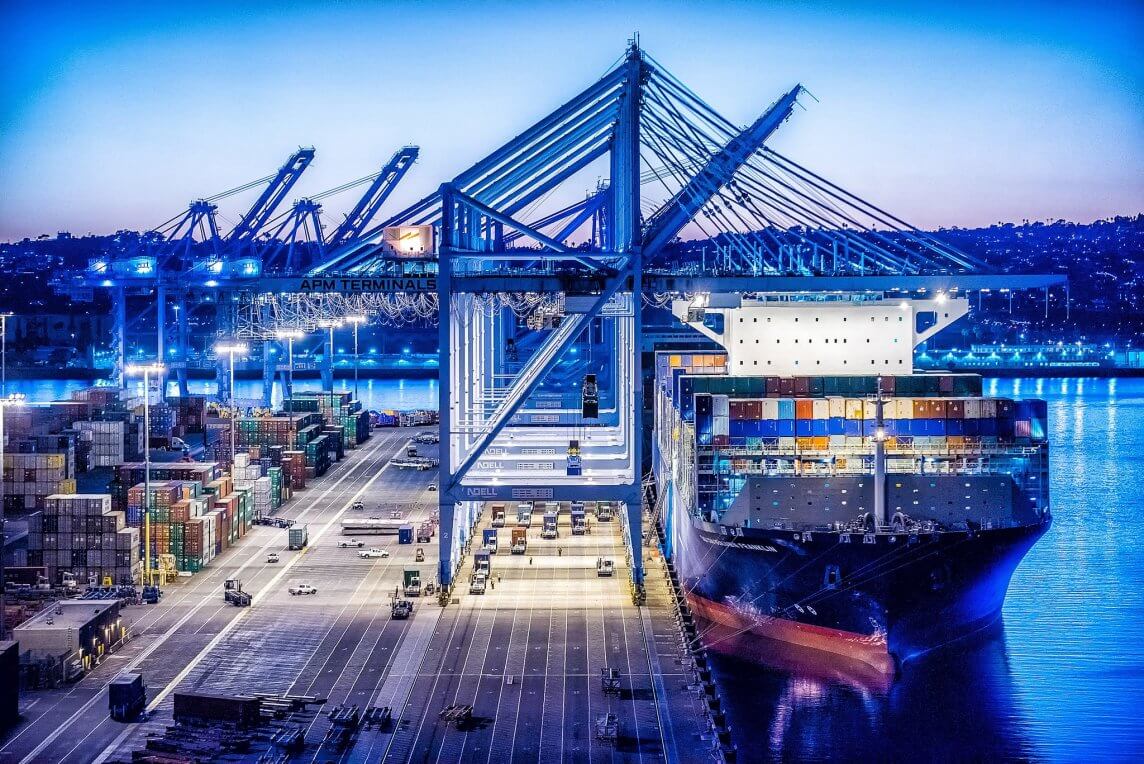
Reduced consumer demand and a shift of imported goods to the Gulf and East Coast of the United States have led to a decline in container volumes of the Port of Long Beach (POLB).
The major box port in California handled 658,428 TEUs in October, translating to a 16.6% decrease from the same month in 2021.
Imports were down 23.7% to 293,924 TEUs and exports decreased 2% to 119,763 TEUs. At the same time, empty containers moved through the port fell 13.4% to 244,743 TEUs.
The Port of Long Beach has moved 8,000,811 TEUs during the first 10 months of 2022, up 1.5% from the same period in 2021.
“The supply chain is returning back to normal and cargo continues to move, so I am optimistic that store shelves will be stocked and goods will be available for delivery during the holiday season,” commented POLB executive director, Mario Cordero.
He added, “Over the long term, the San Pedro Bay ports complex will continue to be a competitive, strategic and sustainable gateway for trans-Pacific trade.”
According to the port’s announcement, despite surging inflation and interest rates, economists say consumers still have enough resources to weather economic headwinds. Experts feel softening consumer activity will lead to a better balance between supply and demand, and reduce stress on the national supply chain.
Source: Container News





